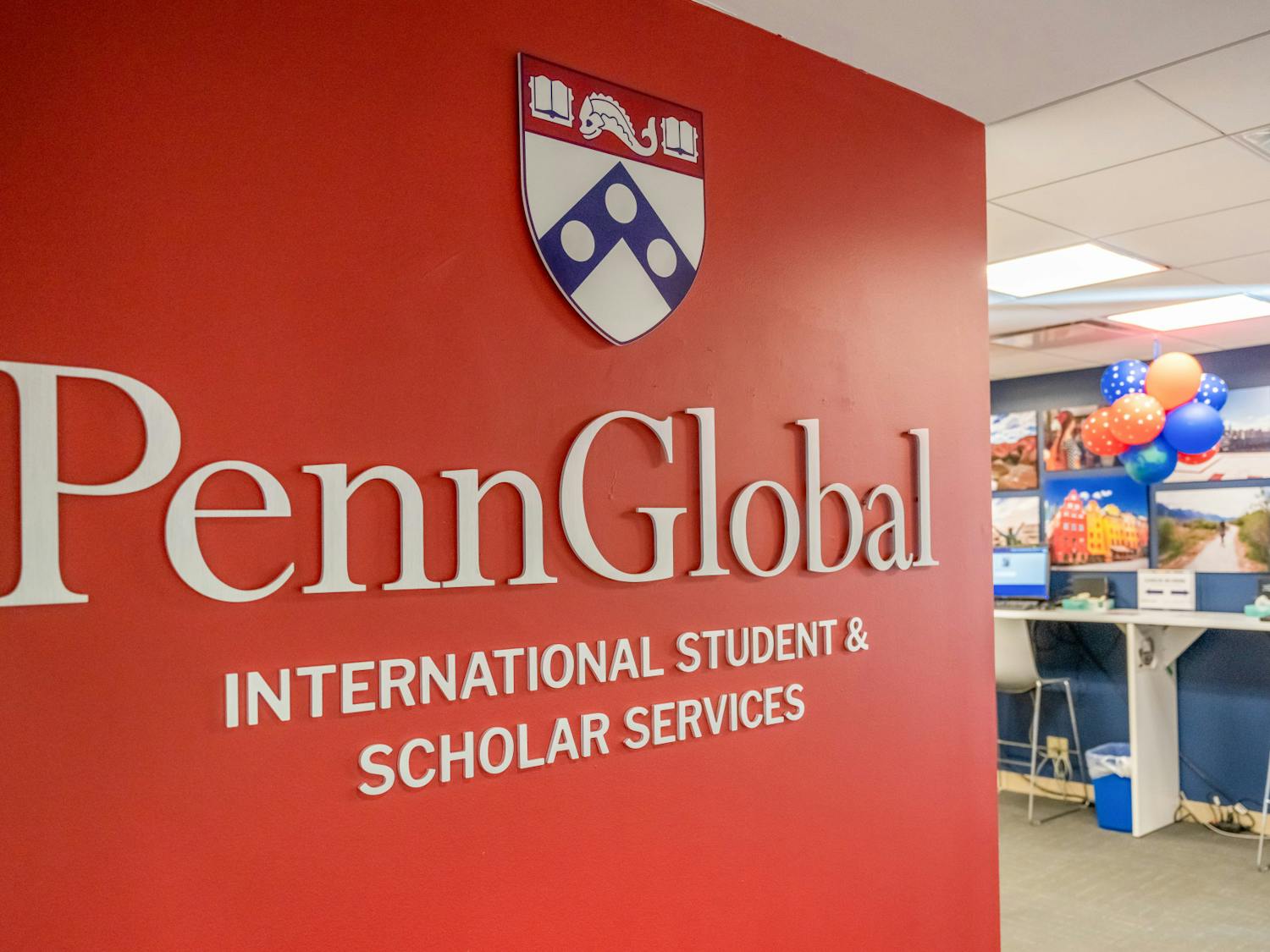If the numbers are any indication of things to come in terms of regular-admissions applications, next fall's incoming freshman class will probably be the best one Penn has even seen --again. According to a preliminary tally, early applications for undergraduate admission to the University's Class of 2003 rose 1.9 percent this fall to an all-time high of 2,165, up from last year's previous record of 2,125 for the Class of 2002. And the quality of students rose, too: The average SAT score of early applicants this year jumped seven points to 1339, and their average rank is in the top 5 percent of their high school class, versus the top 6 percent for last year. This is the second year in a row that there has been an increase in early applications, which for Penn and several other members of the Ivy League were due November 1. Last year's 10 percent increase was a rebound from a 10 percent decrease in 1996, after a well-publicized crime wave hit campus, discouraging potential applicants. Since then, Penn has jumped several places in the closely watched U.S. News and World Report rankings, into a three-way tie with Cornell and Duke universities for No. 6 among major universities, up from seventh last year. "Penn is becoming more and more recognized by stronger students academically," Admissions Dean Lee Stetson said. "More students are coming to Penn as a first choice." Officials expect 35 to 40 percent of the Class of 2003 to come from the early-applicant pool. Last year, 37 percent of early applicants were admitted in December, compared with 44 percent for the Class of 2001. Early applications from minority students also rose 7.1 percent -- from 708 to 758 -- following a smaller increase the year before. That number includes 73 applications from African American students, up from 65; 625 from Asian Americans, an 8.5 percent jump from 576 last year; and 49 from Latino students, up from 43. The only significant decline in early-decision applications were those from alumni families, falling from 303 to 263. Though Stetson was not sure why applications from legacies fell, he speculated that "some alumni feel that admission isn't as guaranteed as they hoped." New records for early-decision applications were set in four western states as the Admissions Office received 156 applications from California, 63 from Texas, 16 from Washington and 15 from Colorado. Interest from the Northeast continued to be strong as New Jersey, New York and Pennsylvania together accounted for just under half of all early applications. Early applications from foreign students also set a record this year, increasing to 211 from 206. Three undergraduate schools saw a jump in early applications: the College of Arts and Sciences with 1,289 compared with 1,239; the School of Engineering and Applied Science, with 261, eight more than last year; and the Nursing School with 30, three more than a year earlier. Wharton applications fell to 584 from 606, though Stetson noted that when including Wharton's various dual-degree programs, the school's early applications rose to 767 from 728. By gender, women sent in 923 early applications, up from 905 while men sent in 1,242, compared to last year's 1,220. Students who apply early-decision must sign a waiver of their intention to matriculate at the particular school should they apply early. Responses from the universities are mailed by December 15, and most applicants who are not accepted are deferred to the regular applicant pool. This contrasts with the January 1 application deadline for regular-decision applications, which do not require applicants to pledge matriculation to a particular school.
The Daily Pennsylvanian is an independent, student-run newspaper. Please consider making a donation to support the coverage that shapes the University. Your generosity ensures a future of strong journalism at Penn.
Donate







